An Overview to Ceramics Engineering & Basic Formulation of Traditional Ceramic Body
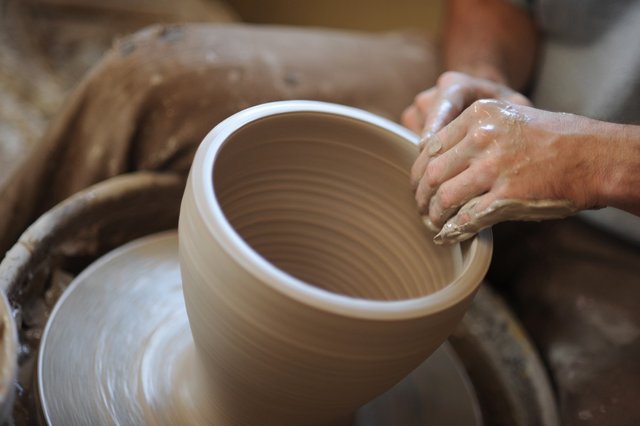
"An Overview to Ceramics Engineering & Basic Formulation of Traditional Ceramic Body"

Ceramic materials are part of our daily lives. Traditional ceramic products like ceramic figurines, decorative earthenware, kitchen wares, toilet bowls, floor tiles, wall tiles etc. have been widely used all over the globe and is present in almost every household. Silicate bottles and glasses, cements, devices and T.V. components such as resistors, capacitors etc. are common products which have been part of our lives. These are the ceramic products that we did not know are made out of ceramic raw materials.
Because of this, Ceramics Engineers has been one of the most underrated professionals in the Philippines. When I started college, there were only three universities who offer this degree; Adamson University in Manila, Mariano Marcos State University in Ilocos Norte and the university where I finished my bachelor’s degree, the Mindanao State University – Iligan Institute of Technology in Iligan City. Today, I only hear about MSU-IIT but I am still glad that the number of students who are taking up this degree in MSU-IIT progressively increased.
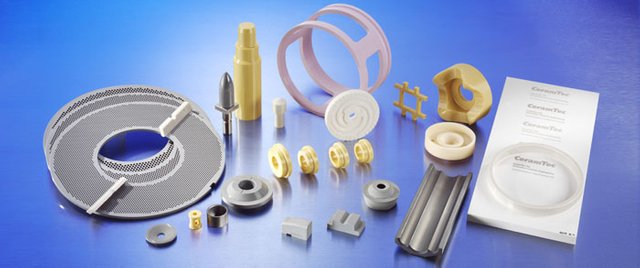
Ceramic has a broad definition but the general description of ceramic materials is inorganic and nonmetallic. It can be categorized into two main courses which is either traditional or advance ceramics. Traditional ceramics comprises pottery, porcelain making, brick & tile manufacturing, cements processing and glass products which are silicate based. Advance ceramics on the other hand include application of lightweight ceramics in modern military armors such as Silicon Carbide and Boron Carbide, nitrides, non-silicate glasses and several other materials
Ceramic materials have various properties and characteristics which I have wrote on my previous ceramic articles; advantageous properties such as high hardness, high durability, high thermal and electrical resistance, corrosion resistance, less dense or lightweight and high temperature resistance. One of the main reasons why ceramics is economical and advantageous is that its raw materials are inexpensive and abundant in nature. However the most common practice or industrial business which mainly used of ceramic materials involved traditional method.
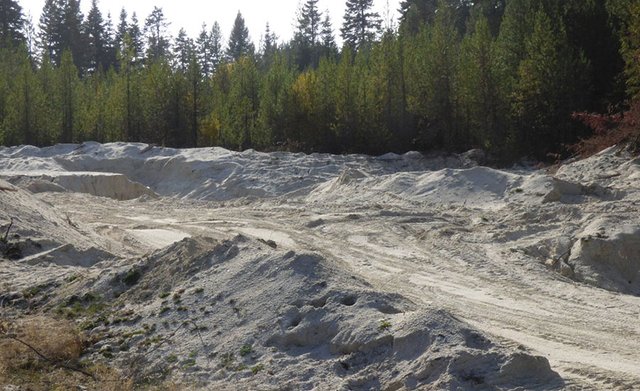
Basically, there are three primary major components used in making traditional ceramic body formulation; clay, feldspar and silica. These ceramic raw materials have individual purpose and effects in the final ceramic body. Clay is primarily added as forming agent as clays are plastic when water is present in its mineral structure. Feldspar alternatively acts as fluxing agent. Generally, ceramic products are fired at higher temperature to improve and achieve hardness and durability. In this matter, fluxes are added to lower the firing temperature of the body as fluxes vitrify at lower temperature. Silica on the other hand is added to reduce shrinkage and improve hardness of the final ceramic body. During firing, ceramic body experiences shrinkage since clay minerals loss chemical water and other volatile impurities which could result to breakage. Thus silica is added to minimize this shrinkage.
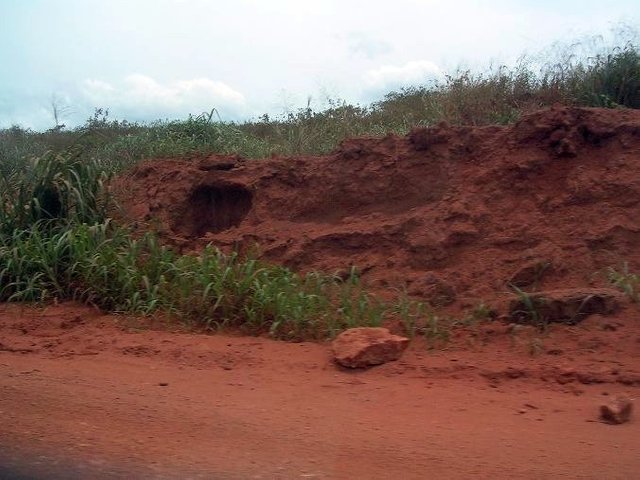
Clay minerals are abundant in nature. Technically, clay minerals are formed gradually through chemical weathering over long periods of time. Clay minerals are transported and deposited all over earth’s crush by the process called subsequent deposition by means of winds and rivers. There are also siliceous clay minerals; clay minerals with higher percentage of silica oxides. And because the raw materials are so abundant in nature, they are utilized for small business. Most commonly known traditional product of ceramics is brick. Brick making is very simple. The raw materials needed in making bricks are clay and silica.
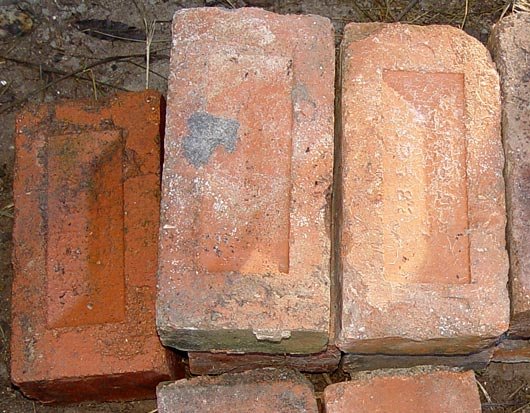
Bricks are construction materials used in building roads, walls and pavements. There are two basic types of bricks specifically fired and non-fired bricks. But fired bricks are most commonly used bricks because it has much developed hardness caused by firing. Bricks are example of earthenware, meaning they are fired at lower temperature around 700 – 1000 degrees Celsius based on the raw materials used. Brick making involves usage of clay minerals and silica. These raw materials are abundant in nature, clay minerals are everywhere and could be gathered easily and our primary source of silica is sand.
There is no perfect ceramic body but as long as your target body is achieved then your formulation is already good enough. Bricks are formed out of metal or wooden molds. Brick making is experimental since clay minerals have varying properties based primarily on the location of its deposit. However, bricks could be produce out of 70-30 or 60-40 clay to sand ratio. You don’t need to study ceramics engineering to produce earthenware, just remember the basics characteristics of these raw materials. By varying this ratio, you can achieve your target or desired ceramic body at high standard.
Power Line Insulation Using Ceramic Electrical Insulators
The Manufacturing Process of Ceramic Floor Tiles & Wall Tiles
Traditional Ceramic Methods in Making Earthenware, Stoneware and Porcelain
Lightweight Ceramics and its Advanced Application in Modern Military Armors
Ceramic Materials and its Advance Application to Aerospace Industry
References:
http://matse1.matse.illinois.edu/ceramics/ware.html
https://en.wikipedia.org/wiki/Clay
https://en.wikipedia.org/wiki/Sedimentary_rock
https://en.wikipedia.org/wiki/Brick

wow, never seen how its work !!!! Thankss
Thanks for dropping by :)
Looking wow!! Just wow!!i love it. thanks for sharing this
Nice @asbonclz, follow me and ill do the same..
Oh this is the one you had been talking about
Yeah :)
Non-stop lolsss!
Imma
Hehehehe
ohh what?? you too?? ;)
JK Christian :) great post as usual! Remember! Dont forget momi when youre famous!
Not to worry momi..he said to build the Steemph HQ with bricks..i so love that color.
I love that colour too lola <3
Promise ha @asbonclz we'll need a lot of bricks!
nice foundetion.
https://steemit.com/@mozammel
Wow! Nice stuff.. You should definitely check our ceramic made in Morocco and especially in the region of Safi.
Sure! Where could i check it?
You can read this
https://steemit.com/art/@hamazito/safi-the-pottery-capital-of-morocco
Bagsik kaayog mga rewards oh
Buyag sir hehehe. Salamat sa imung tudlo sauna sir hehehe
Unsay buyag nga lunes man ron :)
Hahaha lawgawa..
hahahahahaha
Nice, learned new. :)